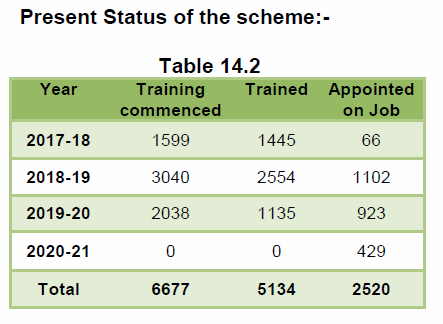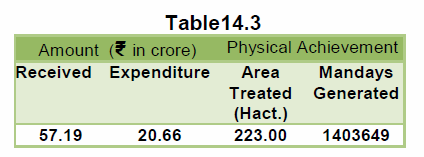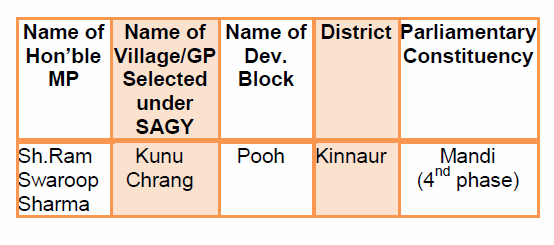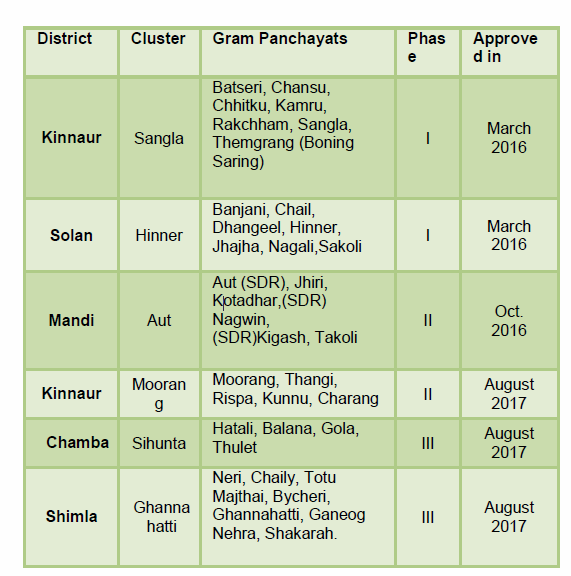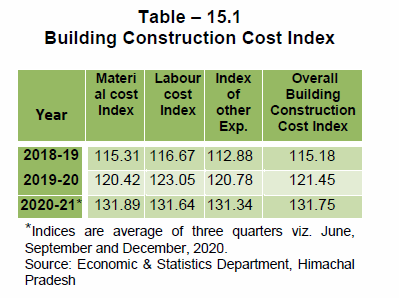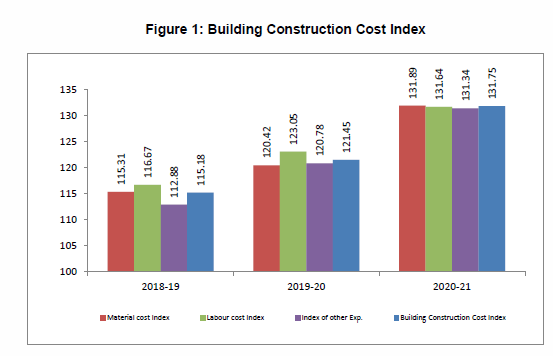The food grain production target for 2020-21 is 16.74 lakh MT. Kharif production mainly depends upon the behaviour of south west monsoon, as about 80 per cent of the total cultivated area is rainfed. The sowing of Kharif crops starts from the end of April and goes up to the mid of June. Maize and Paddy are the behavior principal foodgrain crops growing during Kharif season and other minor crops are Ragi, Millets and pulses. An area of 384.26 thousand hectare was sown under different Kharif crops. During this season, about 20 per cent of area is sown in the month of April-May whereas remaining area is sown in the month of June and July which is a peak Kharif sowing period. Due to normal rain in most part of the State, sowing could be done in time and overall crop condition was normal. However due to good monsoon season of 2019 the production target of 9.17 lakh M.T. for Kharif season, 8.93 lakh M.T. has been achieved. During Rabi 2019-20, rain received was excess by 33% per cent in the post monsoon season rainfall for the period October to December, 2019 the total production of 7.53 lakh M.T. has been achieved. The crop wise production of foodgrains and commercial crops in Himachal Pradesh during last years is shown in Table 7.4.
Growth in Foodgrains Production: There is a limited scope of increasing production through expansion of cultivable land. Like rest of the country, Himachal too has almost reached a plateau in so far as cultivable land is concerned. Hence, emphasis has to be on increasing productivity levels besides diversification towards high value crops. Due to an increasing shift towards commercial crops, the area under food-grains production is gradually declining. In 1997-98, this area was 853.88 thousand hectares which has declined to 735.04 thousand hectares in 2019-20. The foodgrain area and production is reflected at Table 7.5
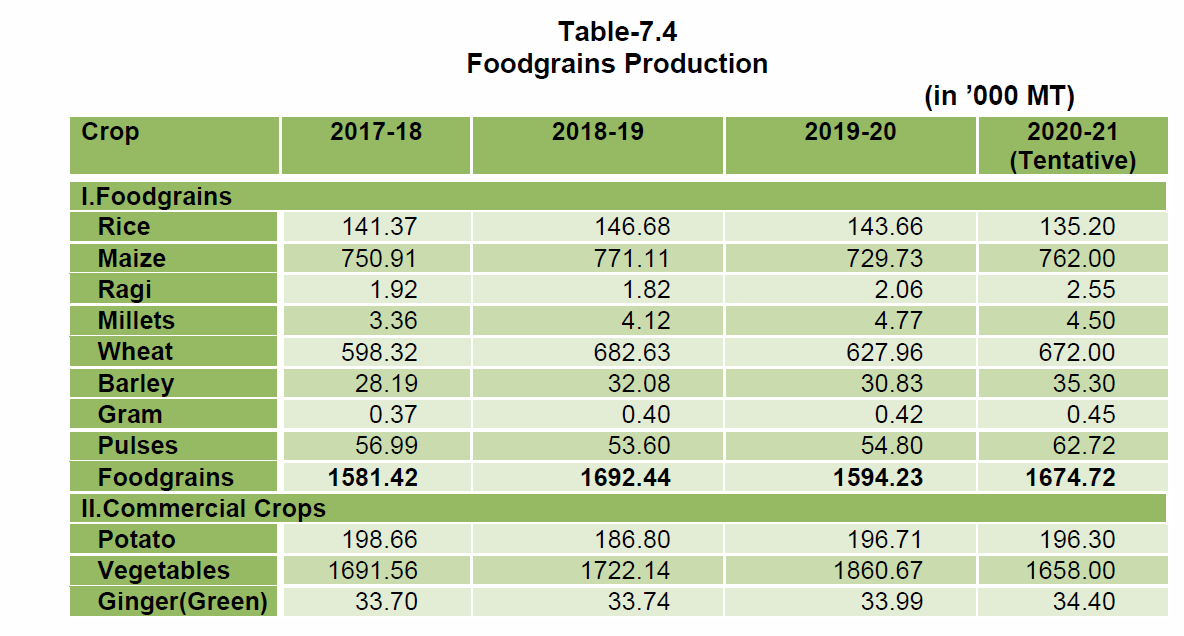
 High Yielding Varieties programme (H.Y.V.P ):
High Yielding Varieties programme (H.Y.V.P ): To increase production of foodgrains, emphasis has been laid on distribution of seeds of high yielding varieties to
the farmers. Area brought under high yielding varieties of principal crops viz. Maize, Paddy and Wheat for, 2018-19, 2019-20 and that proposed for 2020-21 is given in table 7.6. There are 20 Seed Multiplication
Farms from where foundation seed is distributed to registered farmers. In addition, there are 3 Vegetable Development Stations, 12 Potato Development Stations and 1 Ginger Development Station in the State.
 Plant Protection Programme:
Plant Protection Programme: To increase the production of crops, adoption of plant protection measures is of paramount importance. During each season, campaigns are organised to fight the menace of crop disease, insects and pest etc. The scheduled castes/ scheduled tribes, farmers of backward areas and small and marginal farmers are provided plant protection chemicals and equipments at 50 per cent cost. Agriculture Department is making effects to reduce consumption of plant protection chemicals by gradually switching to biological control of pests/diseases. Achievement and targets proposed in distribution of chemicals is shown in Table 7.7
 Soil Testing Programme:
Soil Testing Programme: To maintain fertility of the soil, soil samples are collected from the farmers’ fields and analysed in the soil testing
laboratories. Soil testing laboratories have been established in all the districts (except Lahaul and Spiti), and four mobile soil testing vans/labs out of which one exclusively for the tribal
areas is in operation for testing the soil samples at site. At present 11 soil testing labs have been strengthened, 9 mobile labs and 47 mini labs have also been setup by the department.
The Government of India has launched a new scheme based on which the sample of soil is drawn on GPS basis. During the year 2019-20, 19,872 soil samples were analysed.
Prakritik Kheti Khushal Kisan Yojna under Zero Budget Natural farming: The State Government has launched the “Prakritik Kheti Khushal Kisan Yojna” in the State. Government intends to
encourage “Zero Budget Natural Farming”, so as to bring down the cost of cultivation. The use of chemical fertilizers and chemical pesticides is being discouraged. The budget provided for
pesticides/ insecticides to the department of Agriculture and Horticulture will be used for providing bio-pesticides and bio- insecticides.
Fertilizer Consumption and Subsidy: Fertilizer consumption in 1985-86 was 23,664 tonnes, which has increased to 61,778 MT in 2019-20. To promote balanced use of chemical fertilizers,
a subsidy of ₹1,000 per MT on complex fertilizers has been allowed. Use of water soluble fertilizers is promoted in a big way for which subsidy has been allowed to an extent of 25 per cent of cost.
51,500 MT of fertilizers will be distributed during 2020-21.
Agriculture Credit: Institutional credit is being extensively disbursed but there is scope to increase the same particularly in respect of the crops for which insurance cover is available.
Providing better access to institutional credit for small and marginal farmers and other weaker sections to enable them to adopt modern technology and improved agricultural practices has been
one of the major objectives of the Government. 7.12 Crop Insurance Scheme: The Pradhan Mantri Fasal Bima Yojna (PMFBY) was launched in the State from Kharif, 2016 season. In this insurance
scheme, Maize and Paddy crops have been covered during Kharif season and Wheat & Barley crop during Rabi season. The different stages of risk leading to crop loss due to delayed sowing, post
harvest losses, localized calamities and losses to standing crops (from sowing to harvest) have been covered under this new scheme. From kharif 2020 onwards the scheme is now optional for both
the Loanee and nonloanee farmers. Under PMFBY, claims beyond 350 per cent of premium collected or percentage of claims to sum insured exceeds 35 per cent whichever is higher at the national level,
of all the companies combined and is paid by Center and State equally. Under Pradhan Mantrai Fasal Bima Yojna and R-WBCIS Scheme 3,02,961 farmers have been covered in Kharif 2019 and Rabi,
2019-20 seasons. A budget provision of ₹7.00 crore has been made for the year 2020-21 which is utilized for the payment of State share of premium subsidy.
Seed Certification Programme: Agro-climatic conditions in the State are quite conducive for seed production. To maintain the quality of the seeds and also ensure higher prices of seeds
to the growers, seed certification programme has been given due emphasis. Himachal Pradesh State Seed Certification Agency registers growers in different parts of the State for seed production
and certification of their produce.
Agriculture Marketing: For the regulation of agricultural produce in the State, Himachal Pradesh Agricultural/ Horticulture Produce Marketing Act,
2005 has been enforced. Under the Act, Himachal Pradesh Marketing Board has been established. Himachal Pradesh has been divided into ten notified market areas, its main
objective is to safeguard the interest of the farming community. The regulated markets established in different parts of the State are providing useful services to the farmers.
A modernised market complex at Solan is functional for marketing of agricultural produce, besides construction of market yards in different area. At present 10 market committees
are functioning and 58 markets have been made functional. Market information is being disseminated through different media i.e. AIR, Doordarshan, print media and internet to farmers.
Tea Development: Total area under tea is 2,314.71 hectares with a production level of 10.02 lakh Kgs. achieved in 2019-20. Small and Marginal farmers are provided agriculture inputs on 50 per cent subsidy.
Soil and Water Conservation: Two soil and water conservation schemes are being implemented under State sector. The schemes are:-
i) Soil Conservation Works.
ii) Water Conservation and Development.
Agriculture department has prepared a plan to harvest rain water by constructing tanks, ponds, check-dams and storage structures. Besides this, low lifting water devices and efficient irrigation
system through sprinklers are also being popularized.
Mukhya Mantri Nutan Polyhouse Yojna: To achieve faster and more inclusive growth in agriculture sector, Government of Himachal Pradesh
has started “Mukhya Mantri Nutan Polyhouse Yojna covering an area of 100 Hectare in the State and 5,000 polyhouses are being constructed under this scheme. This scheme will be implemented in two phases.
In first phase it will be implemented from 2021 to 2022-23 and 2,522 polyhouses will be constructed with an outlay of ₹78.57 crore. Under this project 85% assistance for setting up of polyhouses is provided.
Rashtriya Krishi Vikas Yojna (RKVY): Rashtriya Krishi Vikas Yojna RAFTAAR was initiated in 2007 as an umbrella scheme for ensuring holistic development of agriculture and allied sector.
The Projects worth ₹27.02 crore have been approved for the year 202021. The main objectives of the scheme are as under:
1. To strengthen the farmers efforts through creation of required pre
and post-harvest agriinfrastructure that increases access to quality inputs, storage, market facilities etc. and enables farmers to make informed choices.
2. To provides flexibility and autonomy
to States in the process of planning and executing Agriculture and Allied sector schemes.
3) To promote value chain addition linked production models that will help farmers increase their income as well as encourage production/productivity.
4) To mitigate risk of farmers with focus on additional income generation activities-like integrated farming, mushroom cultivation, bee keeping, aromatic plant cultivation, floriculture etc.
5) To attend National priorities through several sub schemes
6) To empower youth through skill development, innovation and agrientrepreneurship based agri business models that attract them to agriculture.
National Mission on Agricultural Extension and Technology (NMAET): National Mission on Agricultural Extension and Technology (NMAET) has been launched to make the extension system farmer-driven
and farmer arrangement of technology dissemination. NMAET has been divided into three sub-missions.
1) Sub Mission on Agriculture Extension (SAME).
2) Sub Mission on Seed and Planting Material (SMSP).
3) Sub Mission on Agriculture Machanization (SMAM).
Under the scheme a budget provision of ₹33.49 crore has been made for 202021.
National Mission on Sustainable Agriculture (NMSA): National Mission for Sustainable Agriculture (NMSA) has been formulated for enhancing agricultural productivity especially in rain
fed areas. There are three different components of this scheme.
1) Rainfed Area Development (RAD).
2) Soil Health Management (SHM).
3) Parampragat Krishi Vikas Yogna (PKVY), Enhasing water Use efficiency.
Under the scheme a budget provision of ₹16.70 crore has been made for the year 2020-21.
National Food Security Mission (NFSM): The National Food Security Mission (NFSM) aims to enhance the production of rice, wheat and pulses. NFSM has been launched in the State
from Rabi 2012 with two major components viz. NFSM-Rice and NFSM-Wheat. The aim of mission is to increase production of rice and wheat through area expansion and productivity enhancement,
restoring soil fertility and productivity, create employment opportunities and enhance farm economy in targeted districts. Under this scheme provision of ₹15.01 crore has been made for the year 2020-21.
Pradhan Mantri Krishi Sinchai Yojna: To improve agricultural productivity, the Government of India has started scheme, viz. Pradhan Mantri Krishi Sinchai Yojna (PMKSY).
Micro-irrigation projects (“Har Khet Ko Pani”) and end-to-end irrigation solutions are the key focus of this scheme. “The major objective of the PMKSY is to achieve convergence of
investments in irrigation at the field level, expand cultivable area under assured irrigation, improve on-farm water use efficiency to reduce wastage of water, enhance adoption of
precisionirrigation and other water-saving technologies”. Under this scheme a budget provision of ₹9.00 crore has been made for the year 2020-21 under State Plan.
Efficient Irrigation through Micro-Irrigation Scheme: For efficient system of irrigation, the Government has launched a scheme named ‘Efficient Irrigation through Micro-Irrigation Systems’
with an outlay of ₹154.00 crore over a period of 4 years starting from 2015-16 to 2018-19. Through this project 8,500 hectare area will be brought under Drip/ Sprinkler Irrigation System
benefitting 14,000 farmers. Subsidy @ 80 per cent for the installation of sprinkler and drip irrigation system would be provided to the farmers. A budget provision of ₹30.00 crore has been
made for this component for the year 2020-21.
Uttam Chara Utpadan Yojna: To increase fodder production, the State Government has launched a scheme; ‘Uttam Chaara Utpadan Yojna for fodder development by bringing an area of 42,000 hectare under
fodder production. Quality seed of fodder grasses, cuttings, and seedings of improved fodder varieties is supplied on subsidized rates to the farmers. Subsidy on Chaff Cutters is available to
the SC/ ST and BPL farmers. A provision of ₹5.60 crore has been made for year 2020-21 under this scheme.
Mukhya Mantri Khet Sanrakshan Yojna: Monkey and wild life menace causes huge loss to crops annually. Himachal Pradesh has introduced a scheme “Mukhya Mantri khet Sanrakhshan Yojna”.
Under this scheme, 80 per cent subsidy is provided. Under this scheme ₹40.00 crore has been provided for the year 2020-21. About 2,000 hectares cultivated land will be fenced/ protected from
wild/ stray animals and monkeys menace under this scheme.
Mukhya MantriI Kisaan Evam Khetihar Mazdoor Jeevan Surakhsha Yojna: To provide Insurance cover to the farmers and agricultural labourers in the event of sustaining injury or death
due to operation of farm machinery, the State Government has launched ‘Mukhyamantri Kisaan Evam Khetihar Mazdoor Jeevan Surakhsha Yojna in 2015-16. In case of death ₹3.00 lakh, permanent
disability ₹1.00 lakh and for partial disabilities ₹10,000 to ₹40,000 is provided to the affected farmers.
Lift Irrigation and Borewell Scheme: In most parts of the State, water has to be lifted for irrigation purpose. As an incentive to the farmers, Government has decided to grant
50 per cent subsidy for construction of Lift Irrigation Schemes and installation of Bore-Wells by individual or group of farmers for irrigation purposes. Under this scheme, financial
assistance is available for construction of Low & medium lift irrigation systems, shallow wells, shallow bore wells, water storage tanks of different capacities, pumping machinery and
water conveyance pipes to individual farmers or a group of farmers. A budget provision of ₹10.00 crore has been kept for the year 202021.
Saur Sinchayee Yojna: State Government has introduced a new scheme viz, “SAUR SINCHAYEE YOJNA” with a view to provide assured irrigation to crops, enhance the production &
productivity where electricity accessibility in remote areas is costly in comparison to Solar PV pumps. Under this scheme, 85% is being provided to farmers for the installation of
solar pumping machinery and 5,850 agriculture solar pumping sets. A budget provision to the tune of ₹25.00 crore has been kept for 202021.
Jal Se Krishi Ko Bal Yojna: Government has launched a new scheme “जल से कृषि को बल”. Under this scheme check dams and ponds will be constructed. The total outlay for this scheme is ₹ 250.00
crore for next five years. A budget provision of ₹ 25.00 crore has been kept for 2020-21. Under this scheme, 100 per cent expenditure would be borne by the Government for implementation of community
based small water saving scheme.
Krishi Kosh: Farmers Producer Organizations which are weak in resource mobilization and face problems in creating infrastructure facilities on their own. They represent
agriculturist, horticulture farmers, dairy farmers and fishermen. They require basic inputs during sowing, harvesting and post harvest infrastructure like grading and packaging machines,
transport vehicles, storage godowns and pack house etc. for which long term capital is required. Considering this fact, State Government has introduced a new scheme viz. Krishi Kosh for
supporting seed money, interest subvention and credit guarantee cover to the farmers. The scheme will benefit 75 thousand to 90 thousand farmers by 2022. A budget provision of ₹20.00 crore
has been made for the year 2020-21.
Krishi Se Sampannta Yogna (KSY): A new variety of Heeng (Asafoetida) has been identified by the Institute of Himalayan Bio Technology (IHBT) Palampur, which can be grown in high
altitude area of Lahul & Spiti, Kinnaur and Chamba etc. Similarly, in some parts of the State climatic condition for the cultivation of Saffron is highly favourable. Keeping in view the
importance & favourable cultivation conditions of both the crops, State Government from the year 2020-21 has proposed to implement a new scheme viz. Krishi Se Sampannta Yojna. A budget
provision of ₹5.00 crore has been made for the year 2020-21.
Krishi Utpadan Sarankshan Yojna (Anti Hail Net): To save crops from hailstorms, the State Government has started a new scheme i.e. Krishi Utpadan Sanrakshan Yojana (Anti Hail net)
from the year 2020-21. Under this scheme, the State Govt. will provide 80 per cent subsidy to farmers on purchase of antihail nets. All the vegetable producing farmers of the state are provided antihail
nets to protect their crops from natural calamity like hailstorms, stray animals and monkeys. A budget provision of ₹10.00 crore has been made for the year 2020-21.
Kishan Saman Nidhi Yojna: This scheme is Flagship programme of Govt. of India for providing financial support to farmer having less than 2 hectare land and ₹6,000 is provided.
Under this scheme 9,26,830 farmers of the Pradesh has been benefitted up to January, 2021 with an expenditure of ₹1,169.37 crore.
National Bamboo Mission: Restructured National Bamboo Mission was approved by the Cabinet Committee on Economic Affairs on 254-2018. The main objective of this mission is to increase
the area under bamboo plantation in non forest Government and private lands to supplement farm income and contribute towards resilience to climate change as
well availability of quality raw material requirement of Industries, Department of Agriculture, Himachal Pradesh has been nominated as Anchoring Department and Director of Agriculture, Himachal Pradesh as
State Mission Director. Stakeholders are Department of Forest, Rural Development, Department of Panchayati Raj, Department of Industries and State Agricultural Universities. A budget provision of ₹4.00
crore has been made for the year 2020-21.



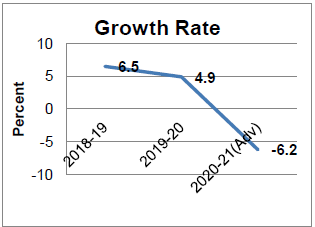
.png)
.png)

.png)
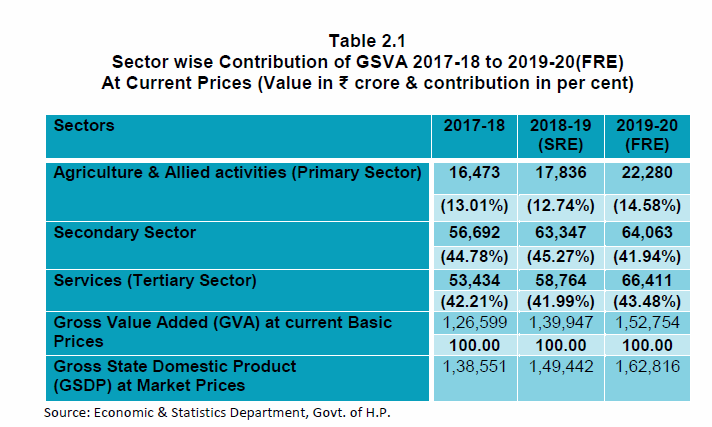
.png)
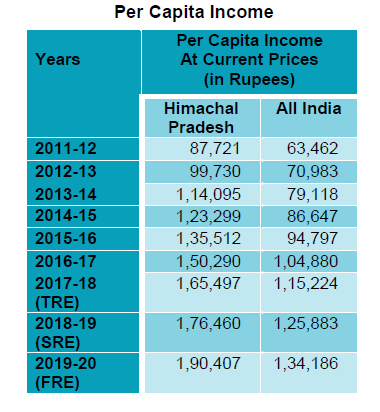
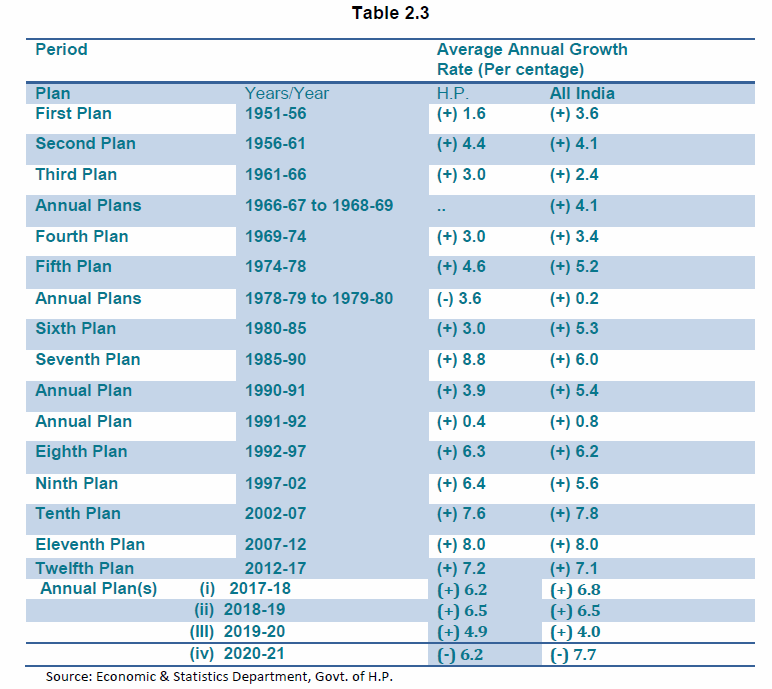
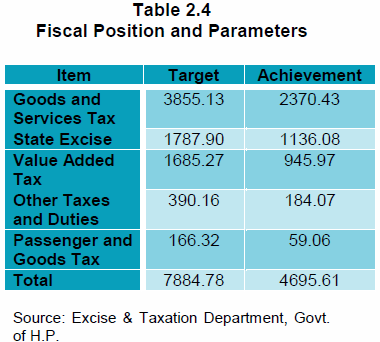

.png)
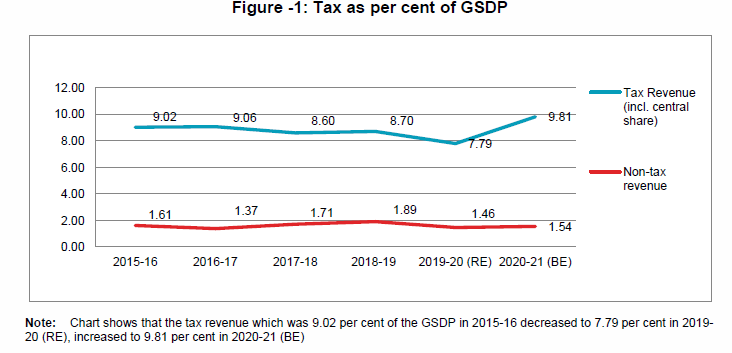
.png)
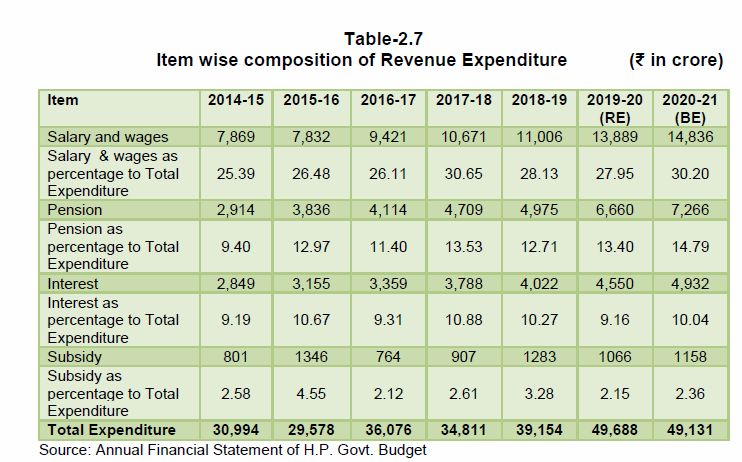
.png)
.png)
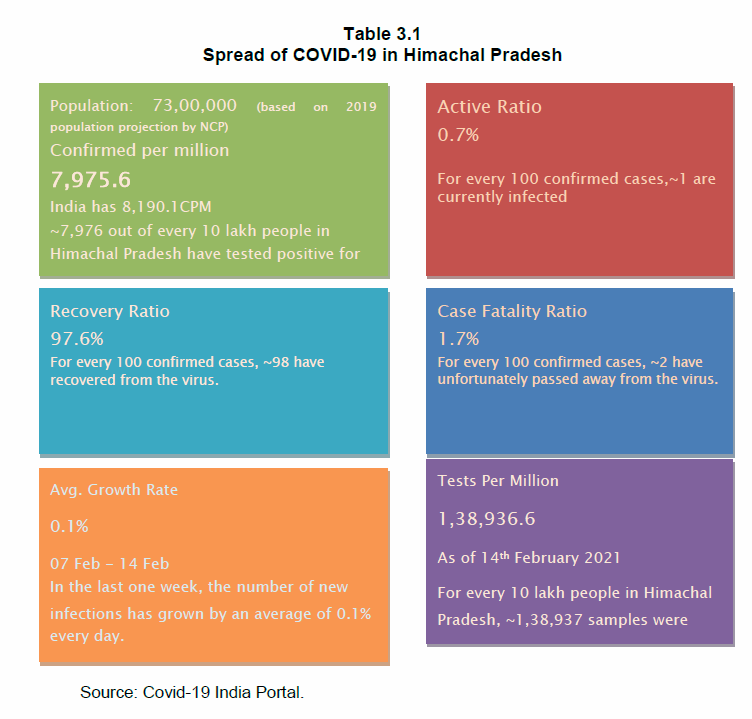
.png)

.png)
.png)
.png)
.png)
.png)
.png)
.png)
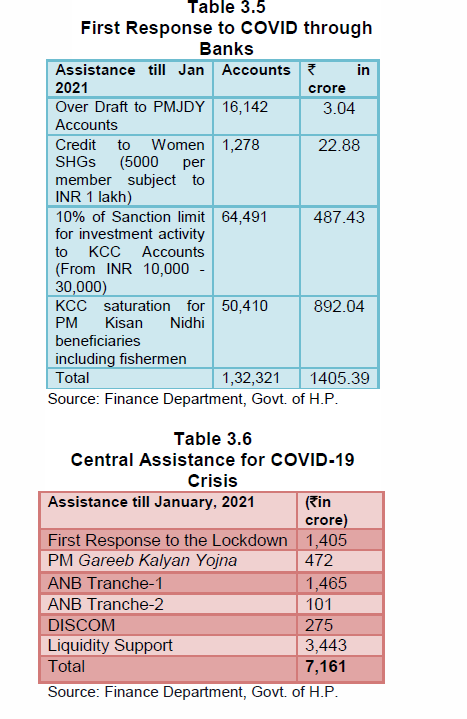
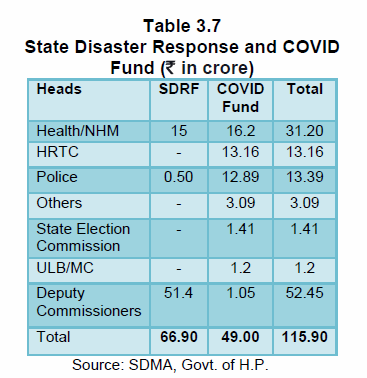
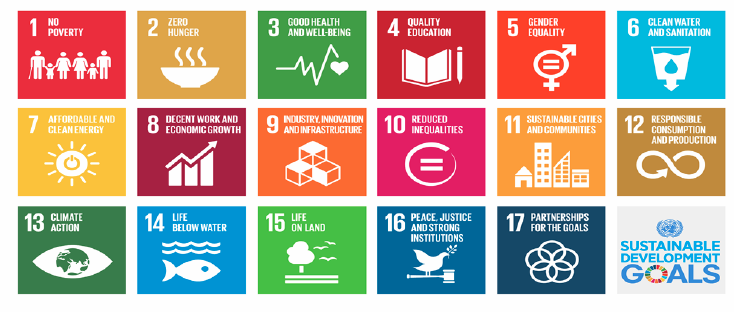
.png)
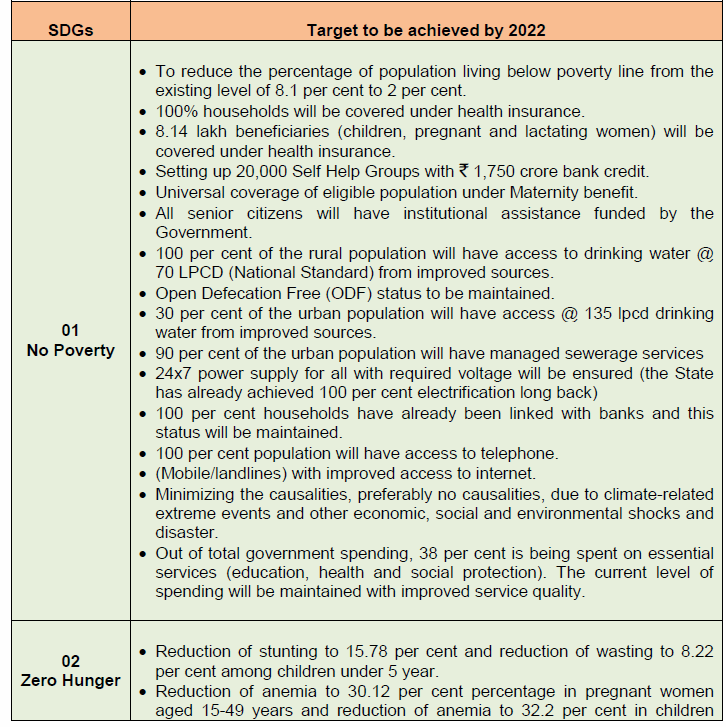
.png)
.png)
.png)
.png)
.png)
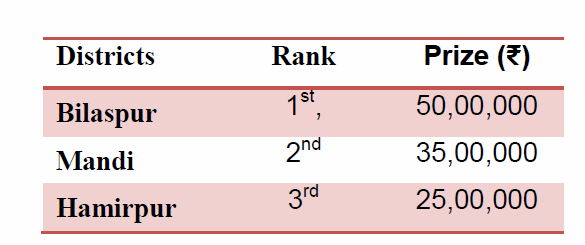
.png)
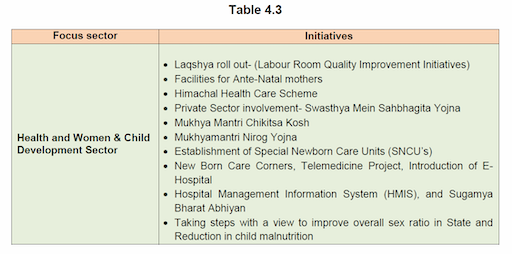
.png)
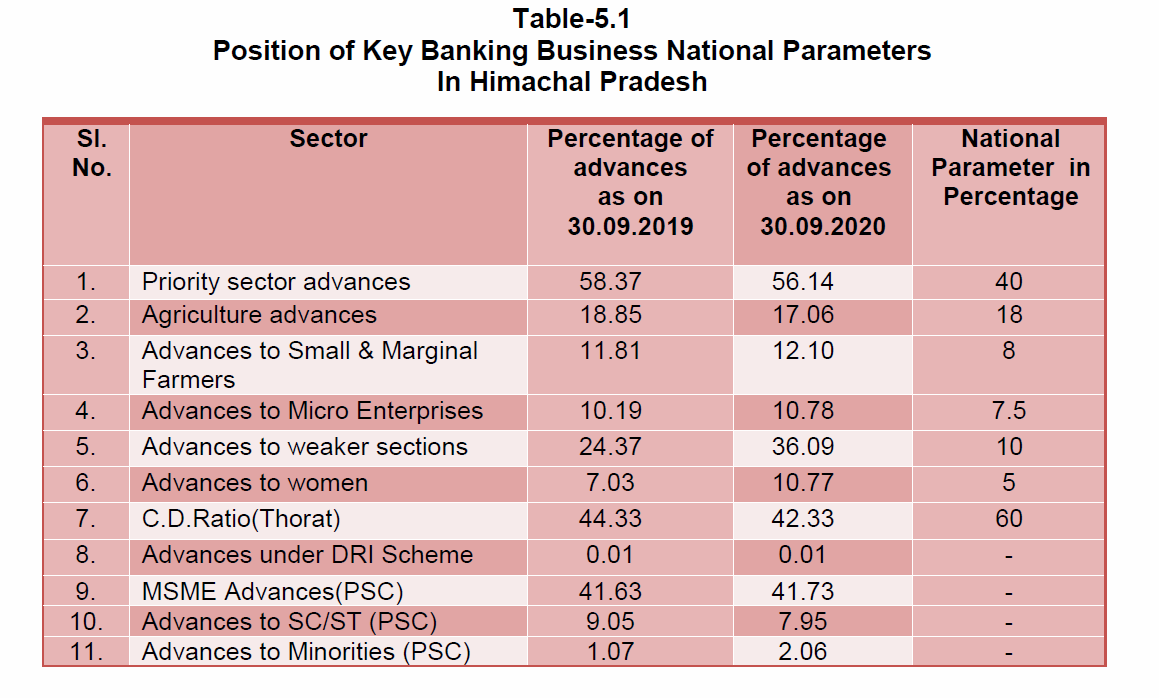

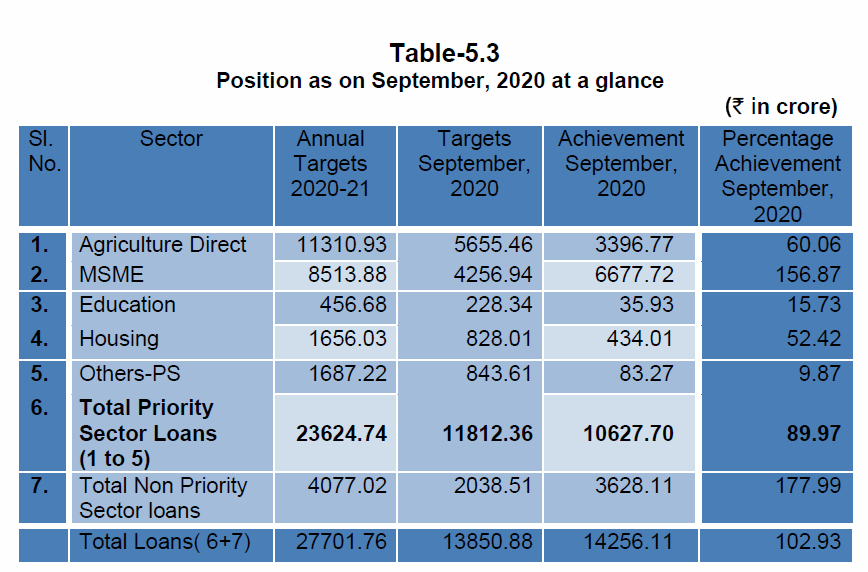
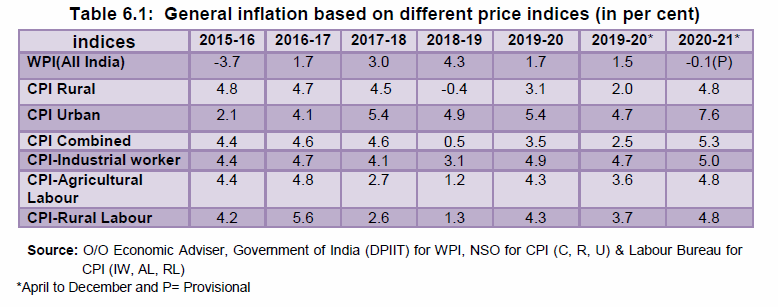

.png)
.png)
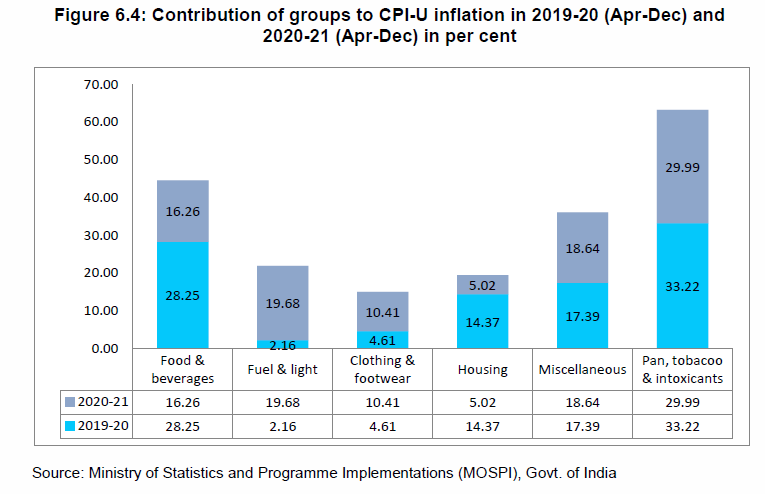
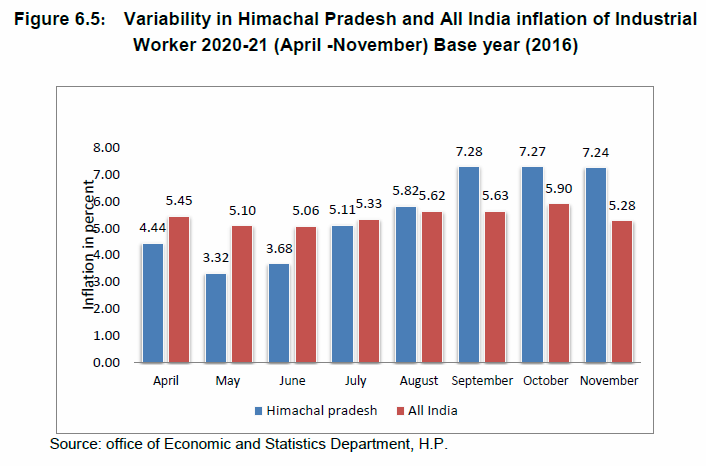
.png)
.png)
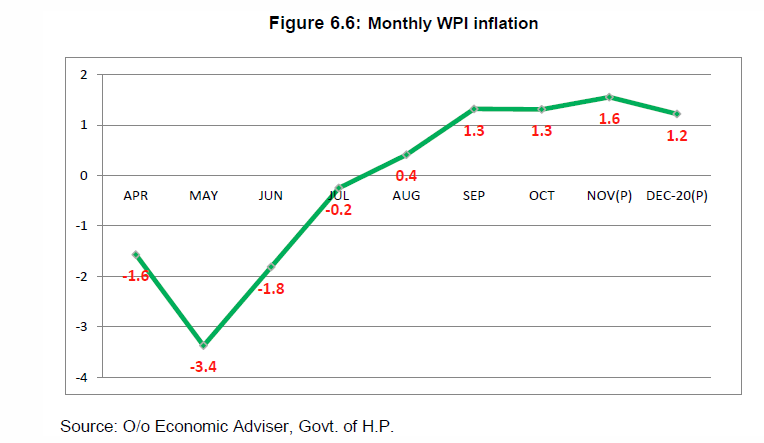
.png)
.png)
.png)
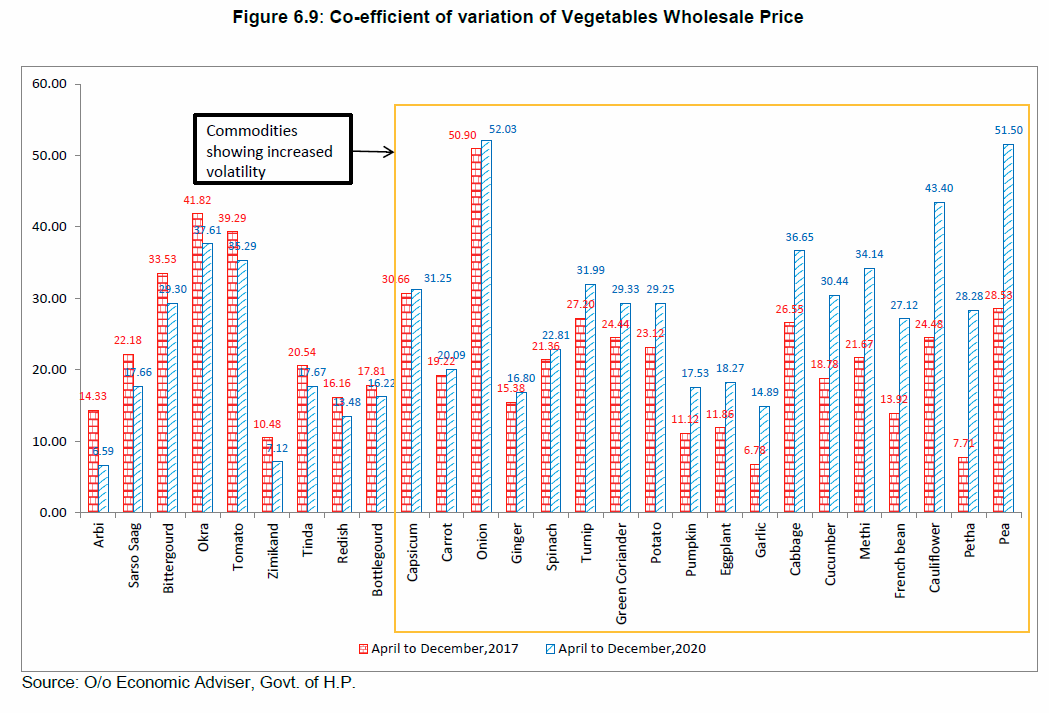
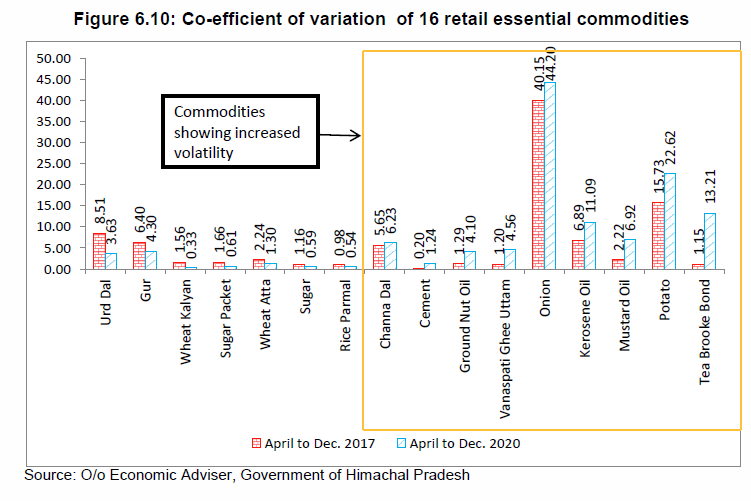
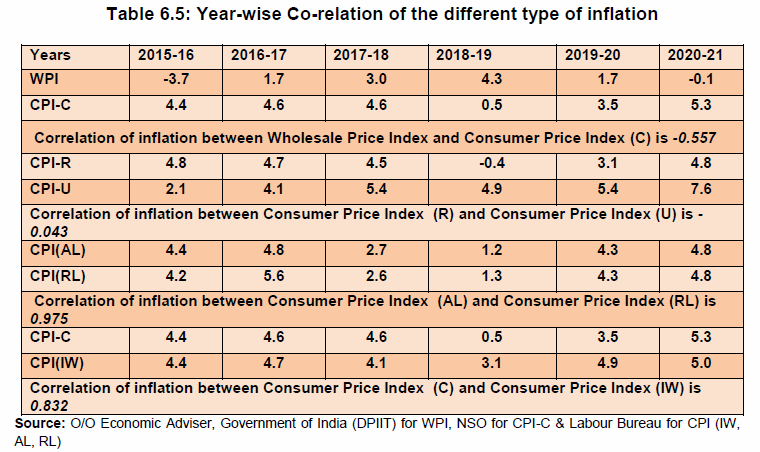
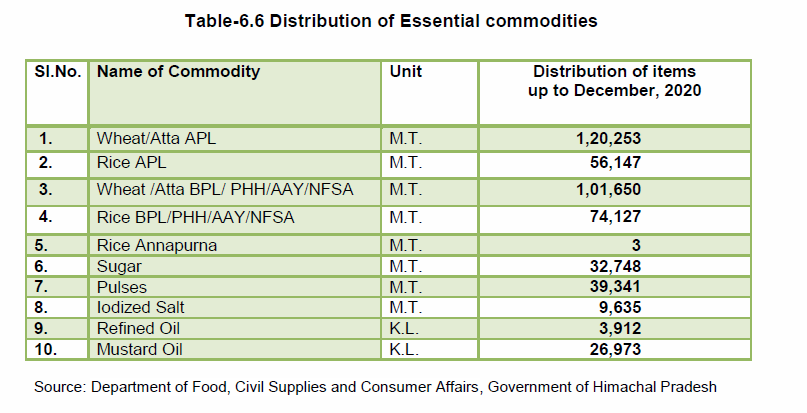
.png)
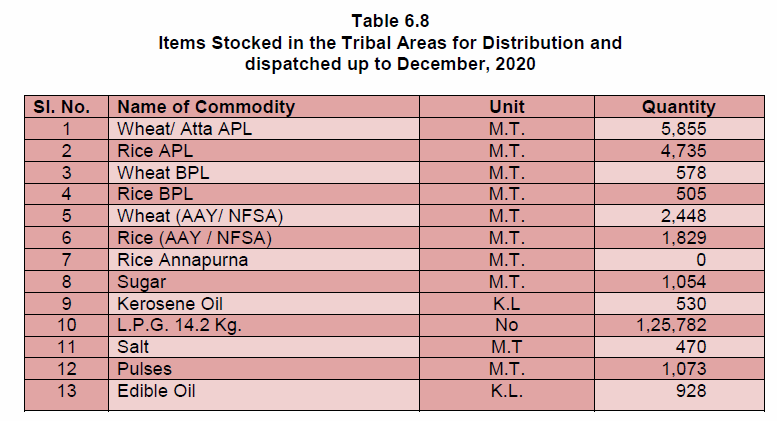
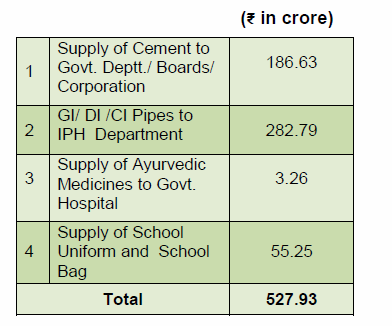
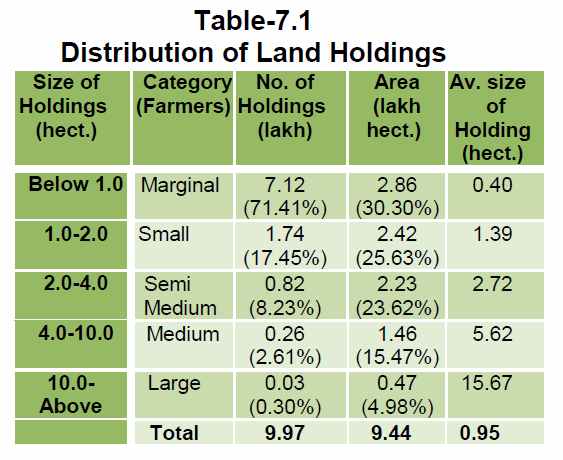
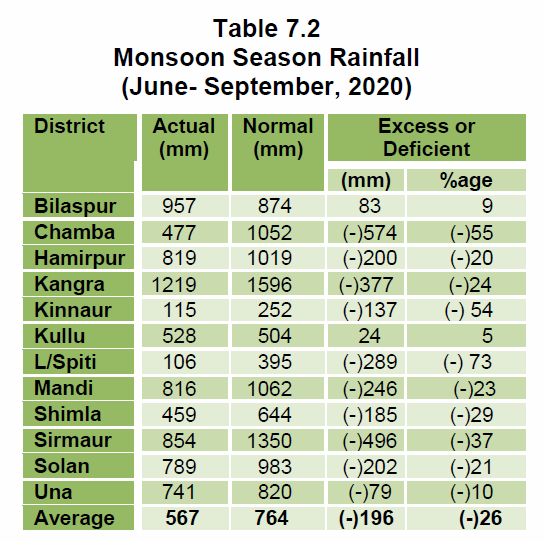
.png)




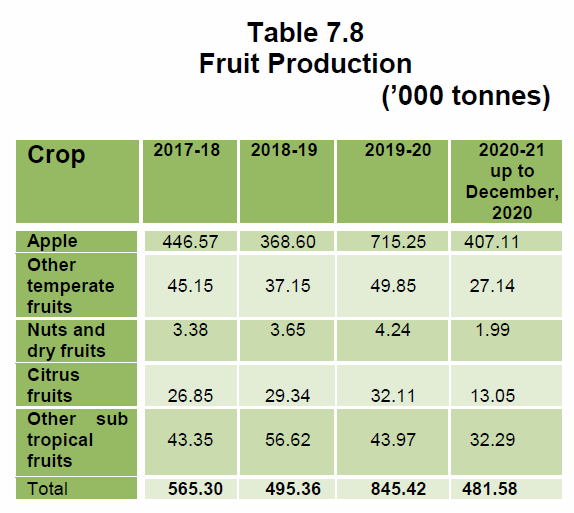
.png)
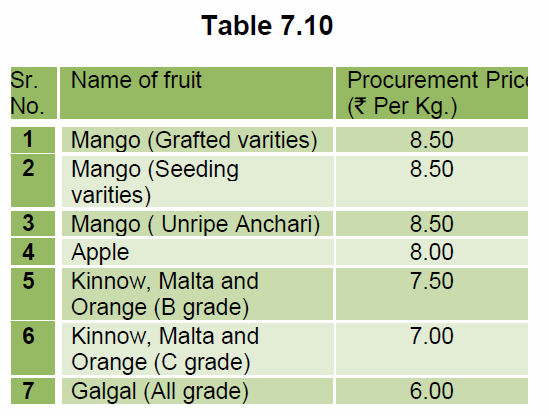
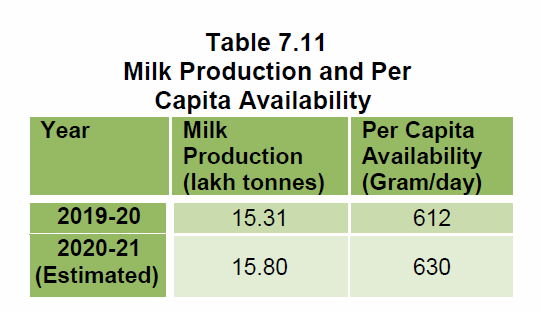
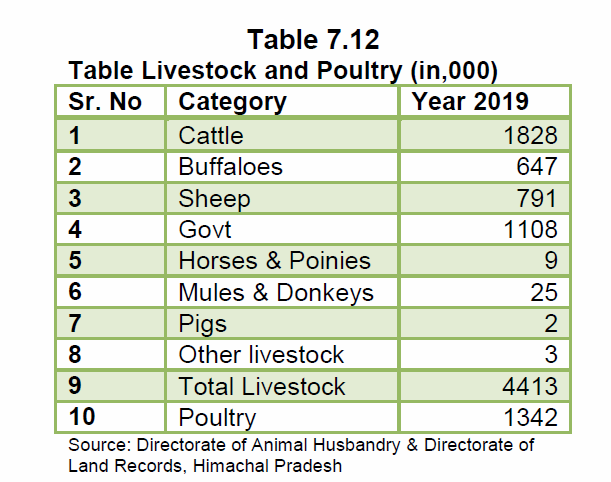
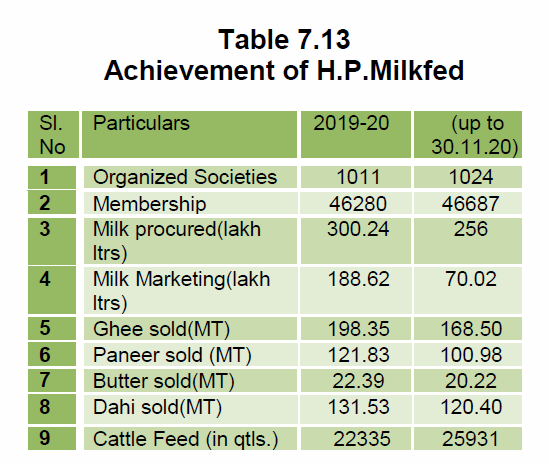

.png)
.png)
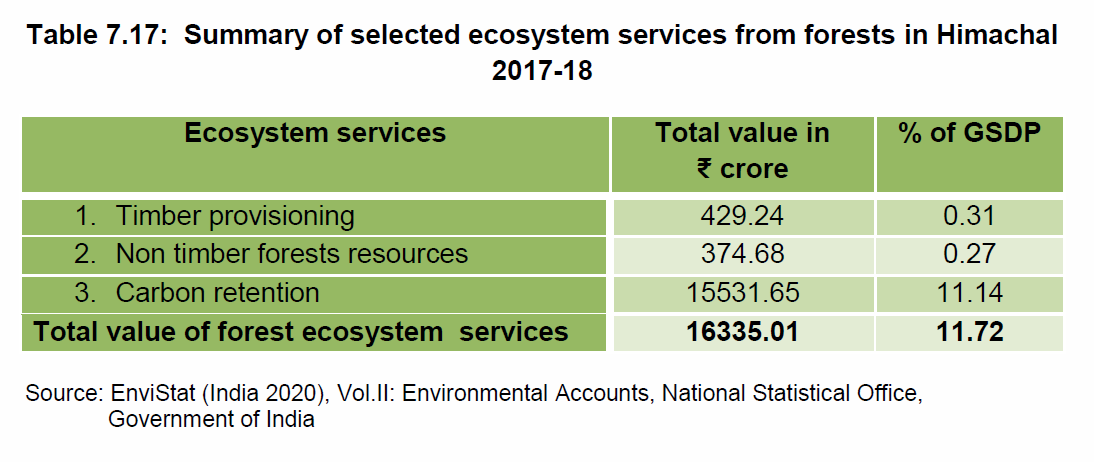
.png)
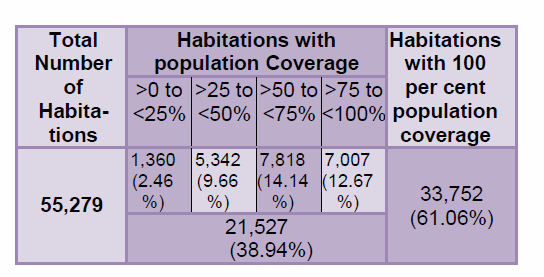


.png)

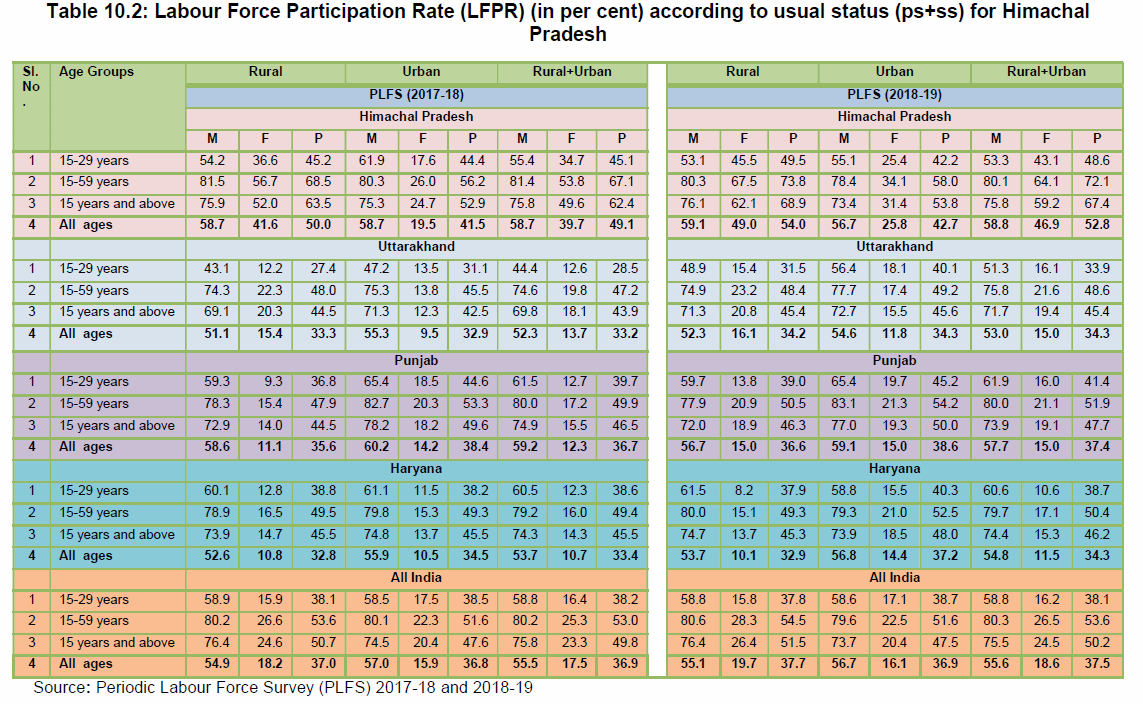
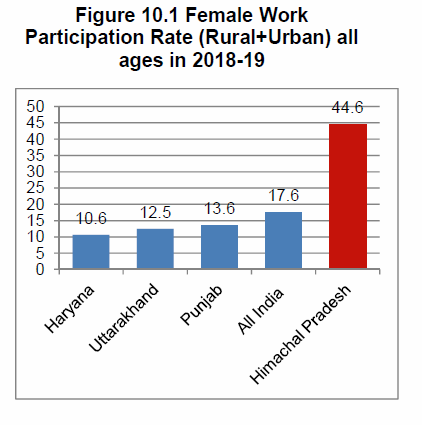
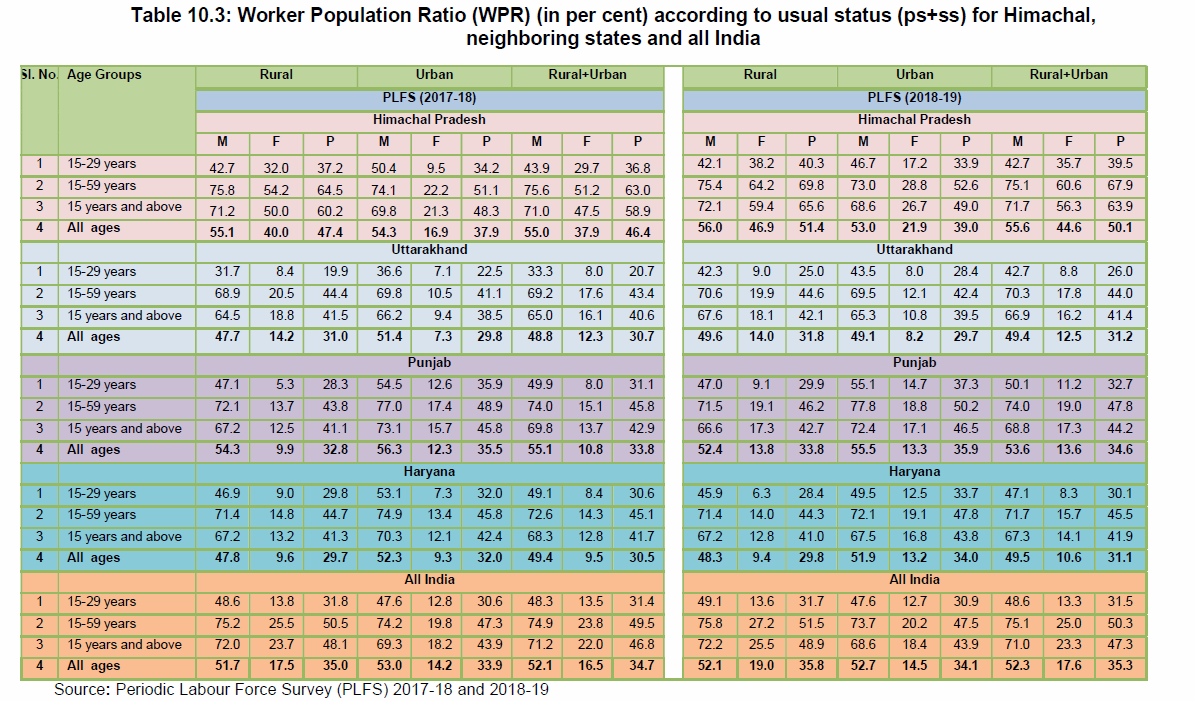
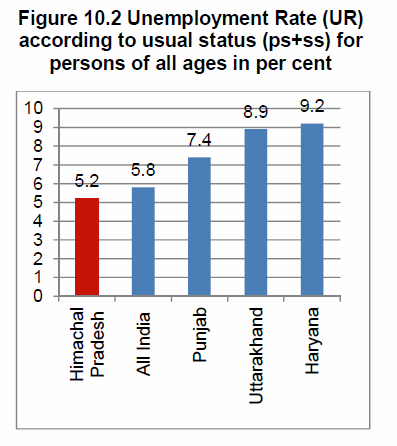
.png)
.png)


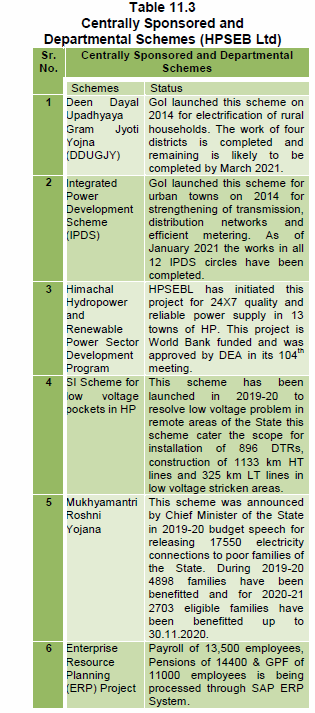
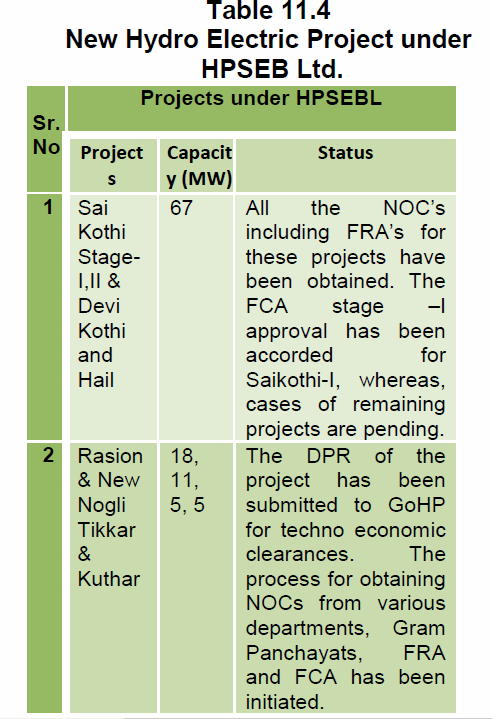

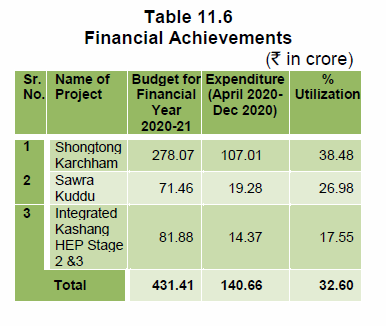
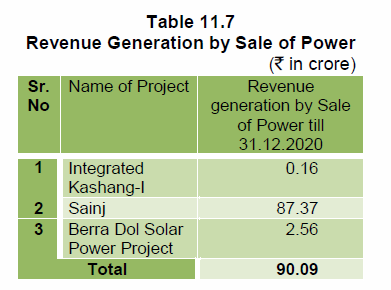
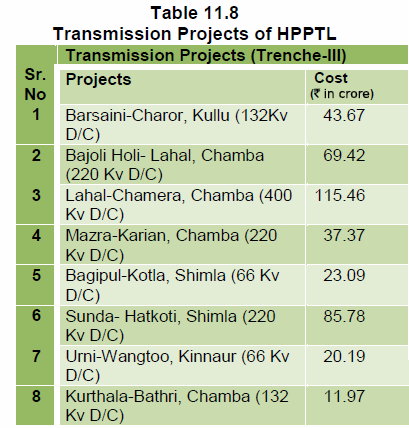
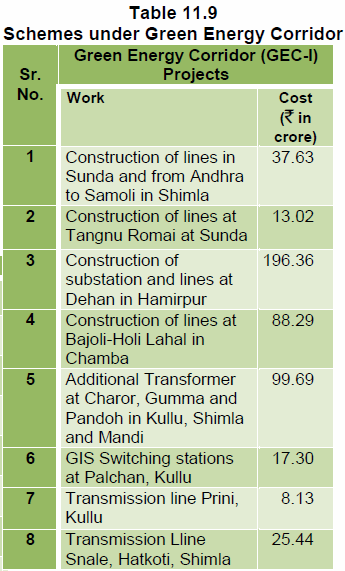
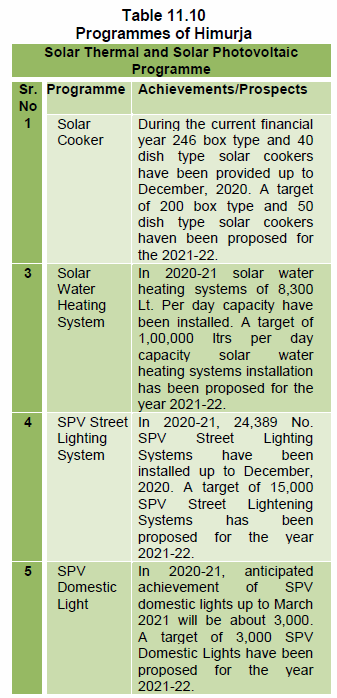
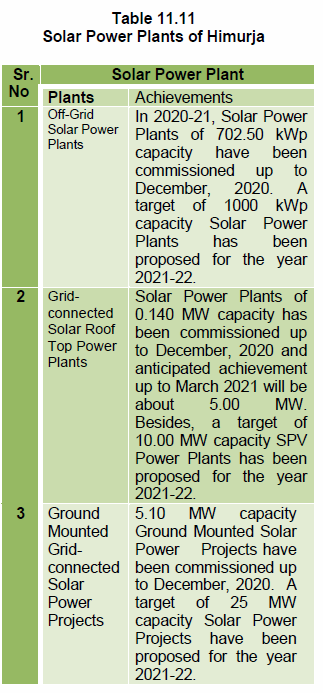
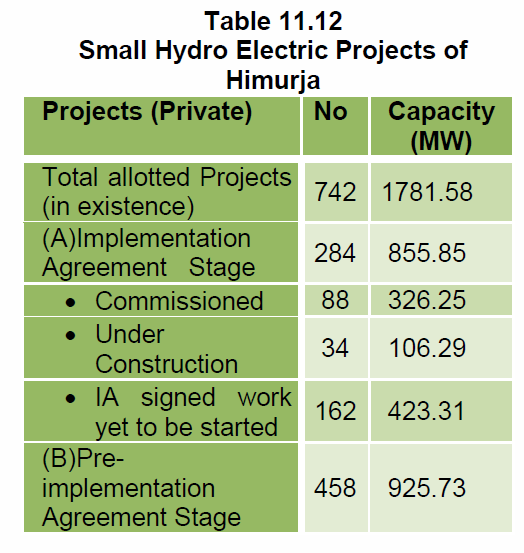

.png)

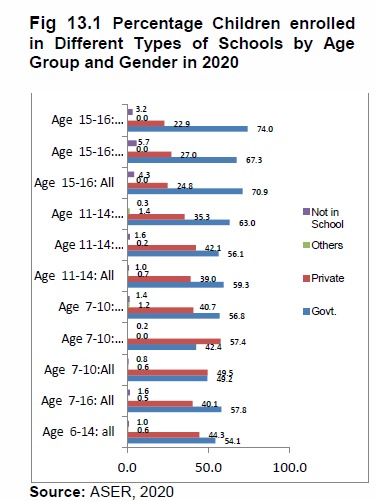
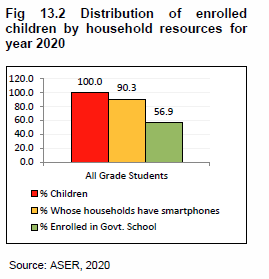
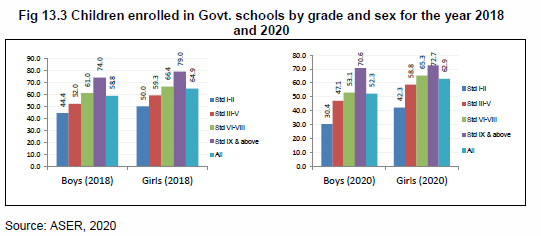
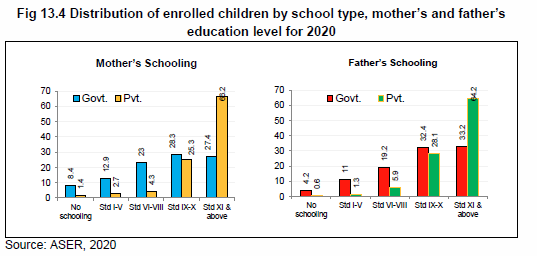
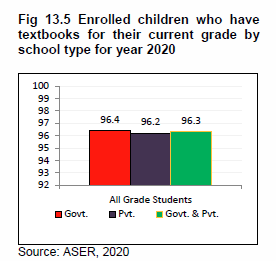
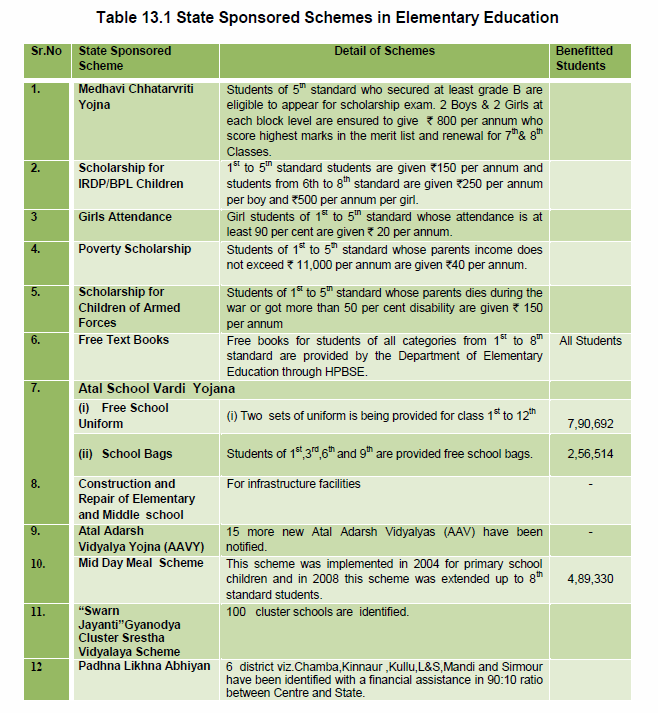

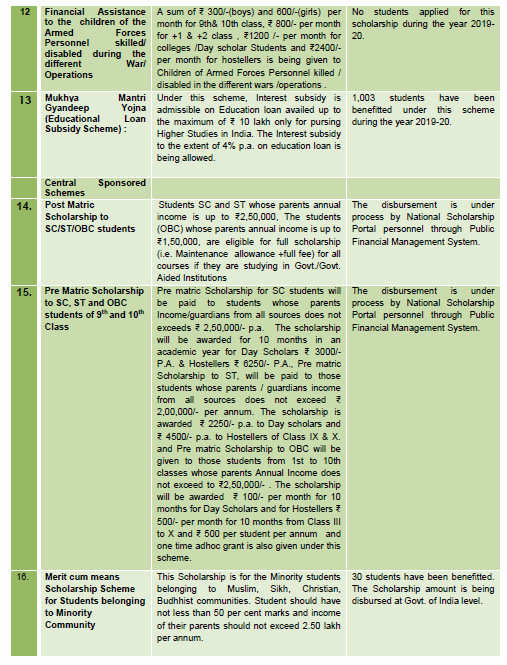


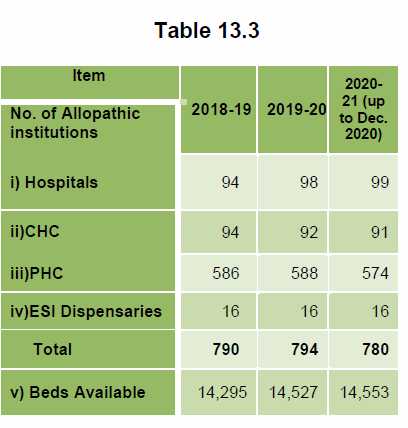
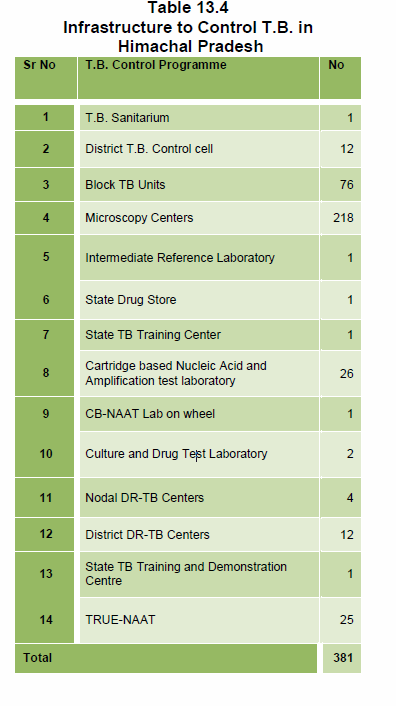
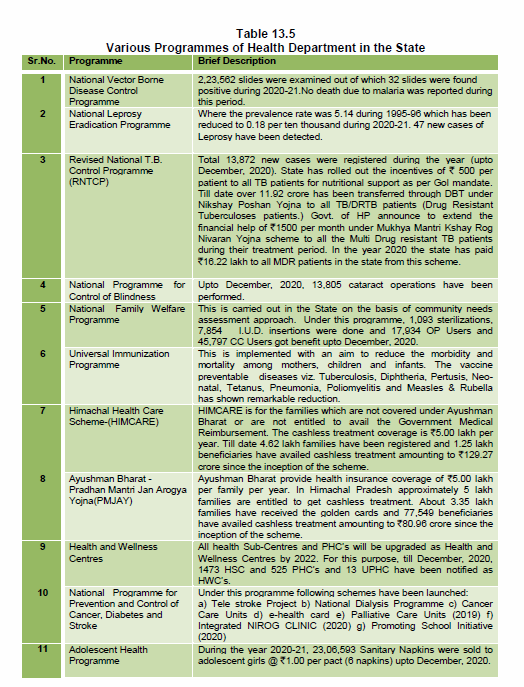

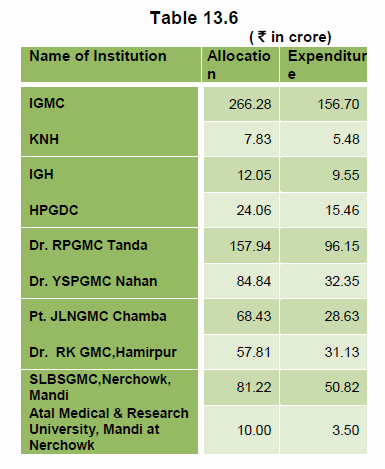
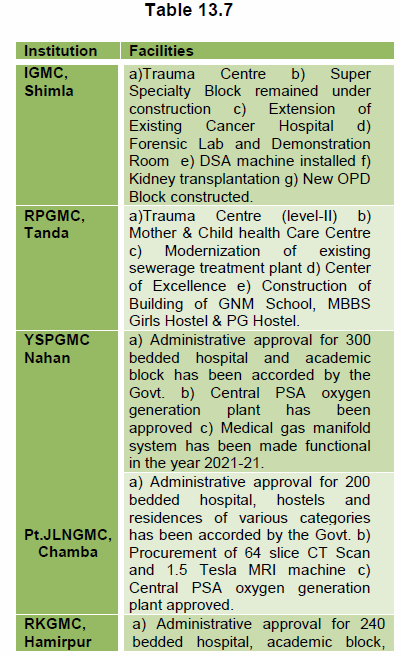
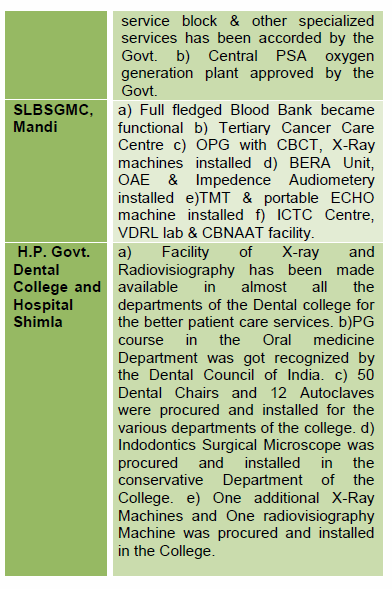
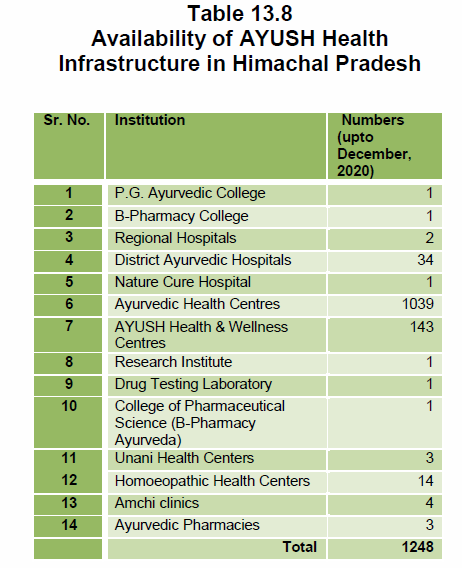
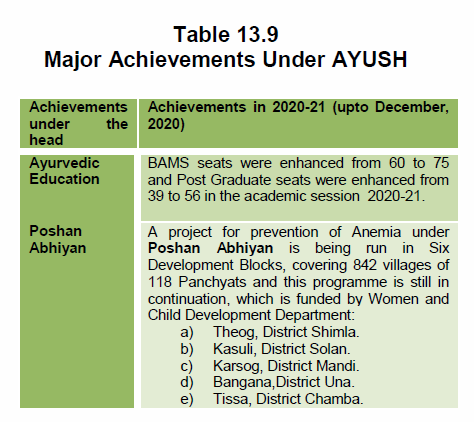
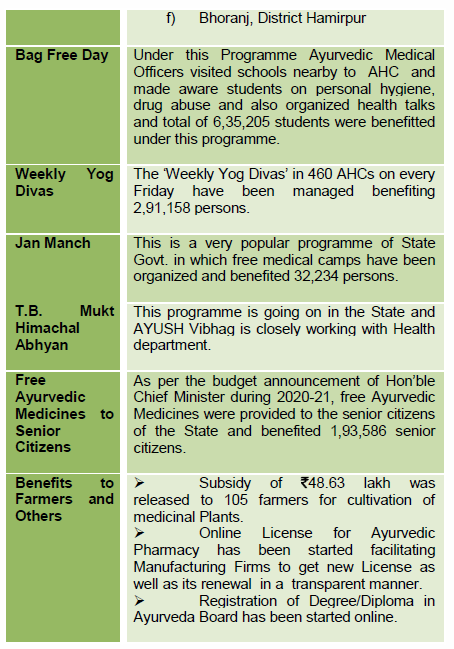

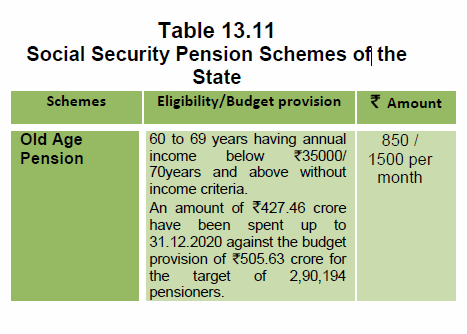
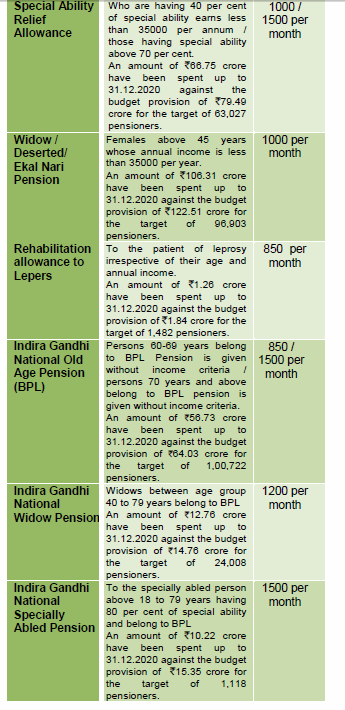
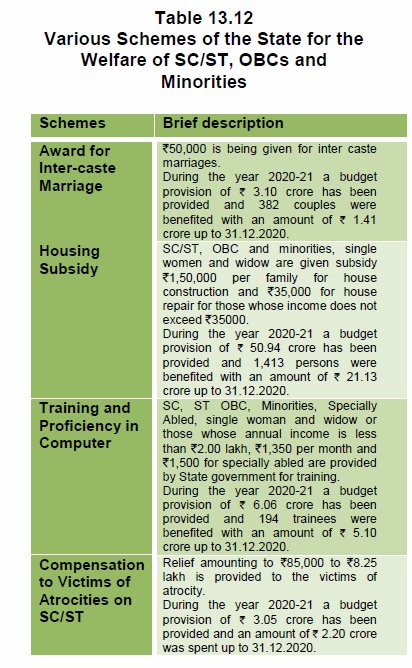
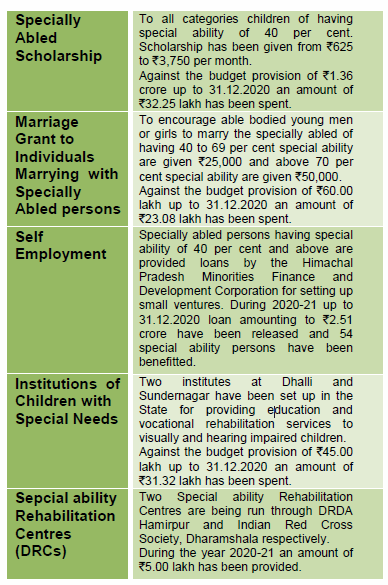
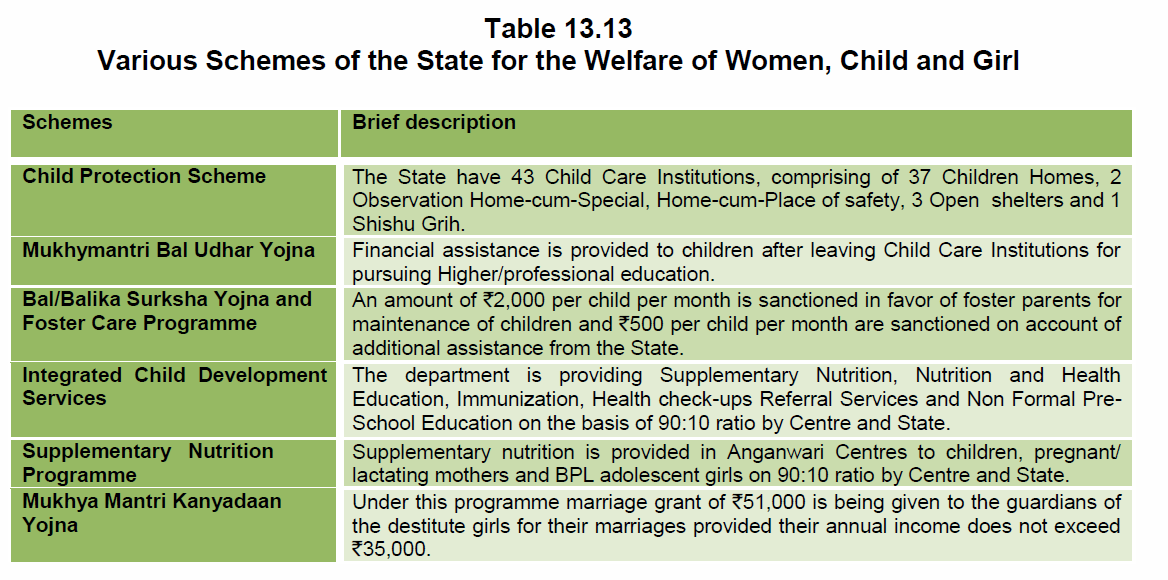

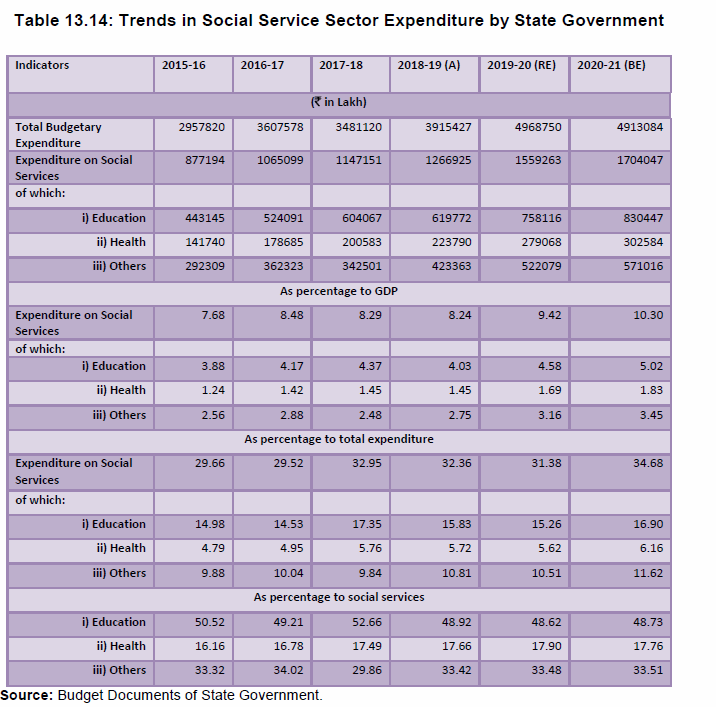
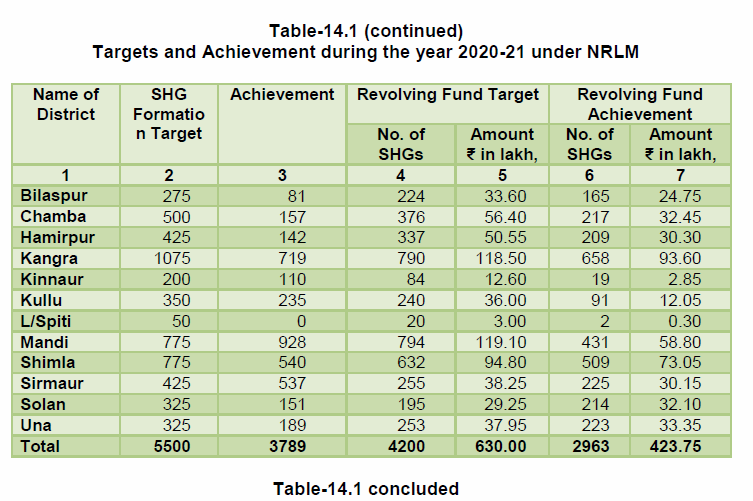
.png)
